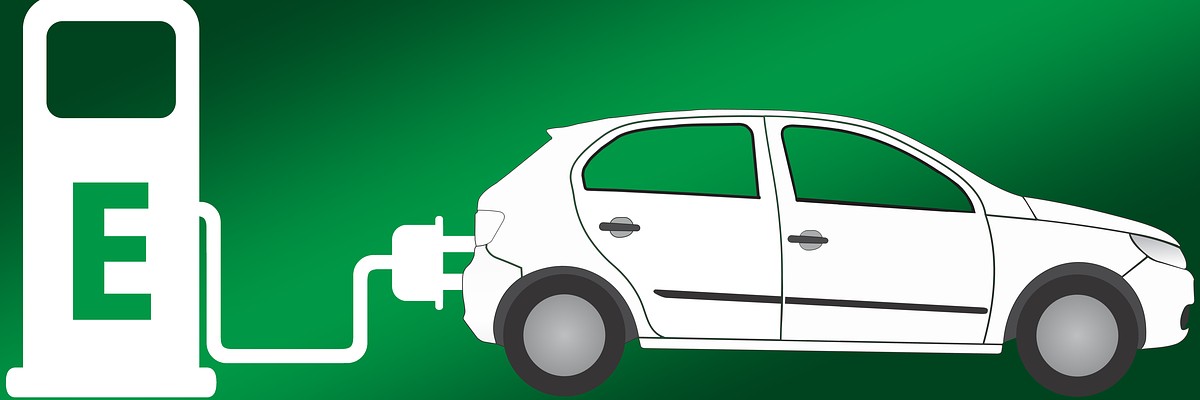As electric vehicles gain more and more ground on the streets, a new challenge arises: how do we recycle the millions of batteries for these vehicles that are expected to be produced in the coming decades? These batteries are not designed to be recycled, and separating the components can be difficult and dangerous, as some of them contain heavy metals and other toxic substances. Recycling them can also be costly, making it cheaper to purchase new materials.
In 2018, China imposed new rules to promote the reuse of battery components for electric vehicles, and the European Union is expected to finalize its first requirements in this regard this year. In the United States, the federal government has not yet imposed mandatory recycling, but several states, including California, the largest auto market in the country, are exploring the imposition of their own rules.
To accelerate recycling, governments and industry are investing in research and projects to develop efficient battery recycling techniques. One of the techniques involves using solvents to extract valuable metals from used batteries, such as cobalt and nickel. Improving recycling methods would not only help prevent pollution, but also increase the supply of critical metals controlled by a single country or a few, which would enhance national and economic security.
Recycling electric vehicle batteries is a complex problem due to their diversity in terms of chemistry and construction, but nonetheless, the more this development is accelerated, the better it will be for the environment and the economy.
Source: Science

